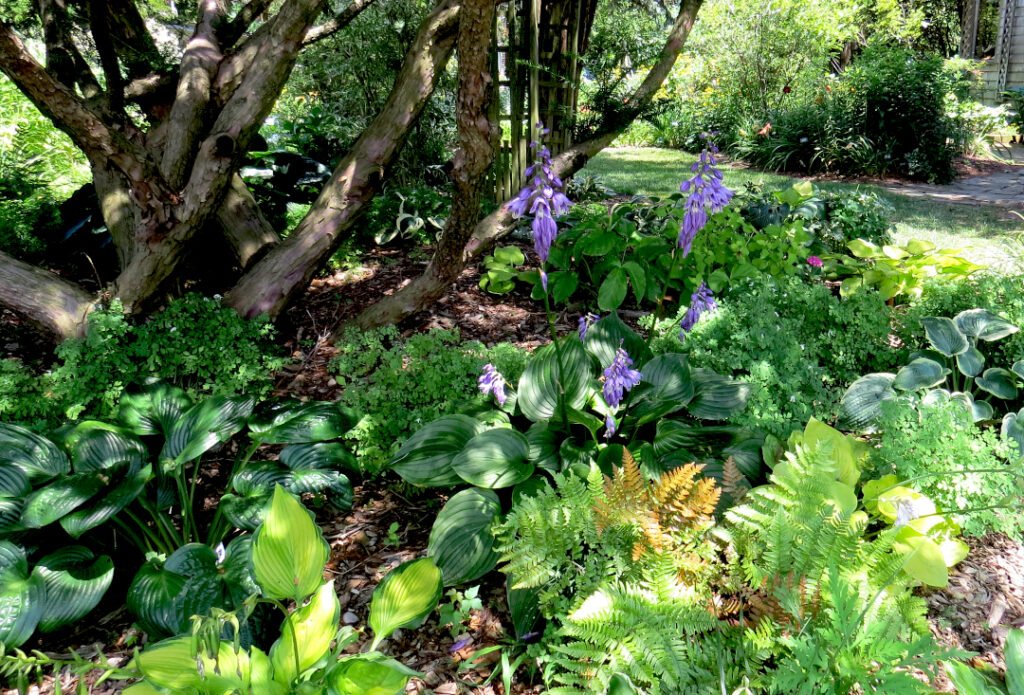Designing a seaside garden comes with its own set of challenges and rewards. The salty air, strong winds, and sandy soil create a unique environment that demands special considerations. If you’re looking to transform your coastal space into a blooming haven, Professional Gardening Services can provide valuable insights into the best plants for your seaside garden. However, here’s a guide to help you choose flowers that will thrive in this special setting.
Understanding Seaside Conditions
A successful seaside garden starts with an understanding of the unique conditions you’ll be working with. Coastal environments present:
Salty Air and Soil
- Effect: Salt can be harsh on many plants, causing leaf burn and inhibiting growth.
- Adaptation: Choose plants that can tolerate or even thrive in saline conditions.
Strong Winds
- Effect: Winds can cause physical damage to plants and dry out the soil.
- Adaptation: Select hardy plants that can withstand strong winds and consider planting windbreaks to provide some shelter.
Sandy Soil
- Effect: Sandy soil drains quickly and may lack essential nutrients.
- Adaptation: Opt for plants that can handle well-drained soil or improve the soil with organic matter to help retain moisture.
Ideal Flowers for Seaside Gardens
Certain flowers are better suited for coastal environments due to their ability to handle salt, wind, and sandy soil. Here are some great choices:
Beach Grass (Ammophila arenaria)
- Characteristics: Beach grass is a hardy plant that stabilizes sand dunes and tolerates salty conditions.
- Benefits: It’s excellent for ground cover and erosion control, providing a green base for other plants.
Sea Lavender (Limonium)
- Characteristics: Sea lavender thrives in salty, dry conditions and adds a splash of color with its purple or blue flowers.
- Benefits: It’s low-maintenance and attracts pollinators, making it a great addition to a seaside garden.
Coreopsis (Coreopsis grandiflora)
- Characteristics: Coreopsis, also known as tickseed, is a tough plant that blooms brightly in coastal conditions.
- Benefits: It offers long-lasting flowers in shades of yellow and orange and can handle both wind and salt.
Blanket Flower (Gaillardia)
- Characteristics: Blanket flowers are known for their vibrant, daisy-like blooms and tolerance to poor soil conditions.
- Benefits: They are drought-resistant and can endure the harsh conditions of seaside gardens.
Ice Plant (Delosperma)
- Characteristics: Ice plant is a succulent that thrives in dry, sandy soils and has bright, showy flowers.
- Benefits: Its ability to handle drought and salt makes it perfect for coastal environments.
Tips for Successful Seaside Gardening
Choosing the right plants is just the beginning. To ensure your seaside garden flourishes, keep these tips in mind:
Soil Preparation
- Amend the Soil: Sandy soil often lacks nutrients. Incorporate organic matter like compost to improve soil fertility and moisture retention.
- Drainage: Ensure proper drainage to prevent waterlogging, which can be an issue in sandy soils.
Watering Practices
- Frequency: Coastal plants might require less frequent watering due to their ability to tolerate drought.
- Techniques: Water deeply and less often to encourage deep root growth. Use mulch to help retain moisture and regulate soil temperature.
Protection from Wind and Salt
- Windbreaks: Planting shrubs or trees as windbreaks can protect more delicate flowers from harsh winds.
- Salt Tolerance: Look for plants specifically noted for their salt tolerance and consider rinsing plants with fresh water if they get coated with salt spray.
Fertilization
- Types of Fertilizers: Use balanced fertilizers or ones formulated for coastal conditions. Be cautious not to over-fertilize, as this can harm plants.
- Application: Follow the recommended application rates and schedules to maintain plant health without causing nutrient imbalances.
Additional Considerations
Choosing the Right Flowering Varieties
When selecting flowers, consider not only their tolerance for coastal conditions but also their blooming periods. Mixing early bloomers with late bloomers can ensure that your garden remains colorful throughout the growing season.
Creating a Seaside Garden Design
- Layout: Group plants with similar needs together and create areas of interest with varied textures and colors.
- Pathways: Incorporate paths and seating areas that allow you to enjoy your garden and make maintenance easier.
Wildlife and Pollinators
Consider adding plants that attract beneficial insects and wildlife, such as bees and butterflies. This will not only enhance the beauty of your garden but also contribute to the local ecosystem.
Conclusion
Designing a seaside garden requires careful planning and selection of flowers that can withstand the unique coastal conditions. By choosing plants that thrive in salty air, strong winds, and sandy soil, and by following best practices for soil preparation, watering, and protection, you can create a beautiful and resilient garden. Whether you seek professional advice or prefer to tackle the project yourself, the right choices will lead to a stunning seaside garden that stands up to the elements and provides enjoyment throughout the seasons.




